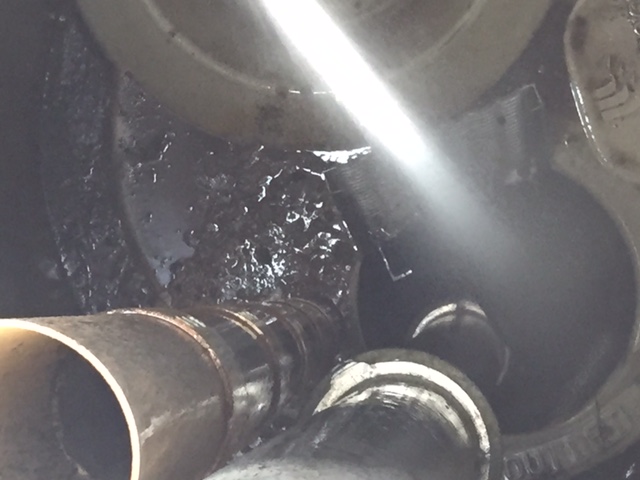
Avoid These 3 Costly Errors
In a previous post, we talked about the different types of drainage systems and how they work to help keep stormwater runoff and debris from becoming a problem. Maintaining these drainage systems is critical to keeping businesses safe and environmentally proactive. Yet many business owners and contractors create problems by not taking proper care of their drainage systems. Here are a few mistakes you don’t want to make.
- Not making repairs at the first sign of soil erosion.
After a rain shower, soil can easily get displaced. Stormwater runoff results in sedimentation, when loose soil settles somewhere else. This sedimentation has a negative impact on the landscape and animal life. If eroded areas aren’t repaired immediately, it will result in higher costs associated with stormwater maintenance. Check for sloughing off of the soil or gullies. If you see any erosion, fill the areas with topsoil and seeding. The sooner you address a problem, the more money you’ll save later on. Even better, schedule regular maintenance by qualified professionals, like those at VacTone, to check on soil erosion. Removal of sediment at least twice a year is recommended. If you don’t, you’ll have to make extensive repairs later.
Another aspect of combatting soil erosion is checking for beavers and vermin that can clog drainage systems and cause problems. They’ll need to be safely removed from the area. Again, regular checking and prevention saves time and money in the future.
- Not treating stormwater runoff.
We’ve talked about the importance of eliminating pollution and its effects on the environment. The fact is, stormwater runoff carries harmful pollution. It must be filtered and treated. If not, pollutants like pesticides, gasoline, fertilizer—anything that can be moved swiftly along in the water—will kill marine life and poison drinking water. This has been a national problem, with concerns about the safety of ground water as well as rivers, lakes and oceans.
To treat and / or prevent pollution in stormwater, it’s important to have a smart design for your drainage system (see previous blogs). A well-designed system is first, then regularly scheduled maintenance of that system will prevent pollution. If your business is new and you’re currently assessing your property, remember, your stormwater drainage system can be attractive and efficient at the same time.
- Not thoroughly inspecting drainage pipes.
When pipes are inspected, they need to be checked for structural integrity—to make sure nothing is broken or crumbling. They also need to be checked for obstructions, such as debris, sediment, large objects or animals. Regular maintenance should also include examination of any missing hardware or loosely fitting materials.
In addition, certain types of pipes are more prone to specific problems. For instance, corregated metal pipe outfall barrels, which are located in catch basins, are likely to corrode. It’s a common issue in these types of outlet pipes. That’s why you’ll want to call on qualified professionals to properly identify any issues and fix them promptly.
VacTone Environmental Services is your one-stop source for all of your stormwater maintenance needs.
VacTone Environmental serves Massachusetts and southern New Hampshire. Contact us today!
